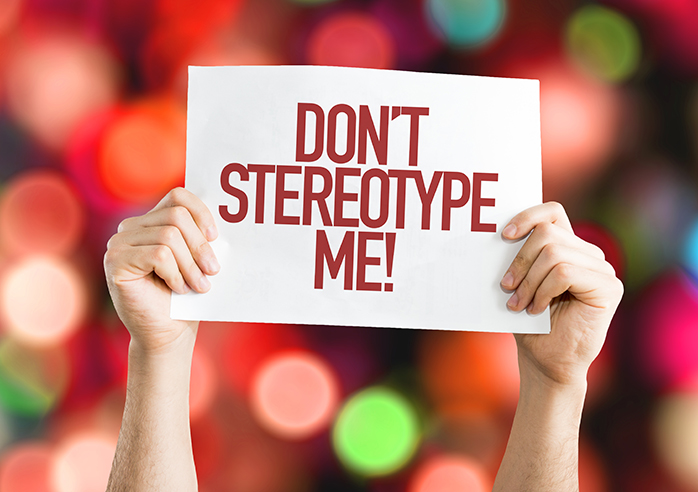
By Heather Nezich, courtesy SBAM Approved Partner ASE
Wondering how to manage Millennials? Some suggest to stop thinking of them as Millennials as a solution. A study published in the Journal of Managerial Psychology shows there are many more attitude and behavioral differences within generations than between them.
The study looked at over 600,000 people across an eight-year span and found that “the magnitude of generations differences is small to near-zero.” In fact, only 2% of an individual’s attitude can be attributed to their generation. 98% percent of how we think, feel, and behave has nothing to do with our generation, but rather personal preferences.
If you research managing Millennials, you’ll find plenty of research showing that Millennials prefer positive reinforcement and feedback, flexible working hours, and continuing education. But isn’t the truth really that more and more people, no matter the generation, prefer these things in today’s modern workplace? Did these trends coincidentally boom as Millennials entered the workplace?
So maybe the answer to “managing Millennials” is actually managing on a personal level. Every employee is different and might have different preferences in the workplace. Many organizations now offer cafeteria-style benefits. Some benefits like senior care might be more appealing to older generations with aging parents, while the option to volunteer one-hour per week might appeal to the younger generations.
Millennial employees, or any other group of employees, aren’t one-size-fits-all. Making generalizations based on age is not effective. What truly matters is knowing and adapting to the different needs, interests, and goals of each person on your team.
Below are some tips for managing across various generations and employee preferences without furthering stereotypes and generalizations as published in Harvard Business Review:
Do:
- Experiment with mixed-age teams and reverse mentoring programs that enable older, experienced workers to interact with and learn from younger hires
- Develop incentive plans that reflect where your employees are in their lives
- Conduct regular human resources surveys to get a pulse on your employees’ demographics and needs
Don’t:
- Bother with generation-based employee affinity groups — they generally reinforce stereotypes
- Act like a top-down manager — forge partnerships with employees of different ages and encourage them to share their opinions
- Assume you already know how to motivate employees who are older or younger — ask them what they want out of their professional lives